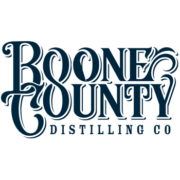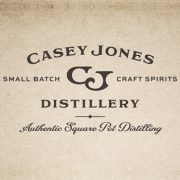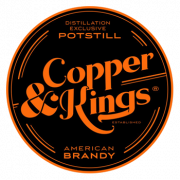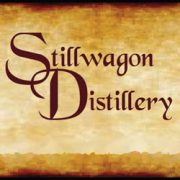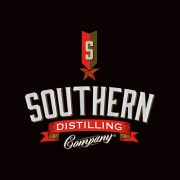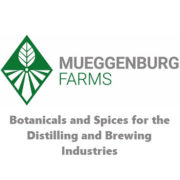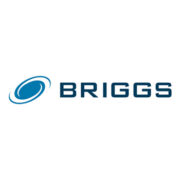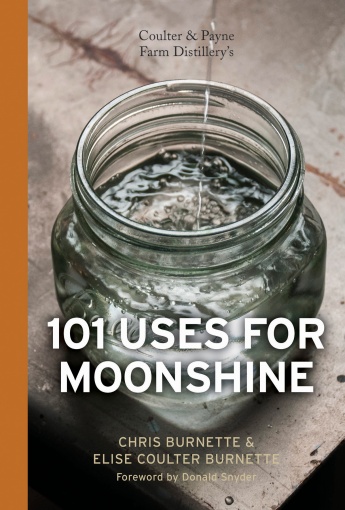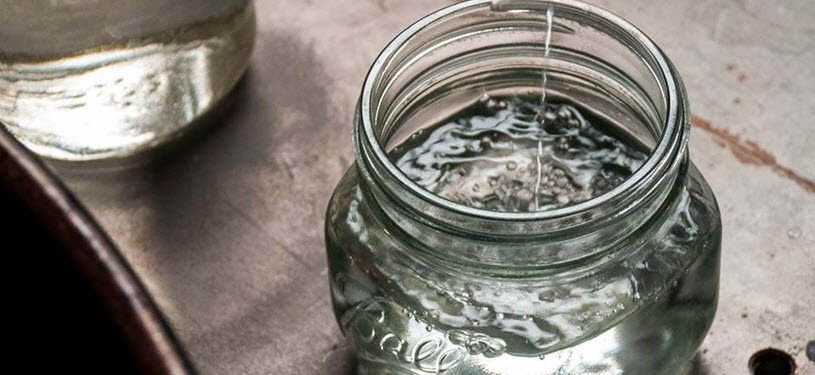
Moonshining in the U.S. dates back to the earliest days of the country. Whether you call it Moonshine, Likker, Corn Whiskey, Hooch, White Lightning, XXX, ‘Shine, ‘Snort, Snake Juice, White Dog, Thunderwater, Firewater, Rocket Fuel, or Liquid Courage the term moonshine has been around for a long, long time. Just mention the word moonshine and it conjures up images of car racing, backwoods stills, bathtub gin, mobsters and mountain folk. Tales of illicit activities and outright defiance of the law are considered the norm, as is the defiance of the people who participate.
Traditionally, moonshine – legal or not – is a predominantly corn-based whiskey, including corn whiskeys and white dog whiskeys with a large percentage of corn. Under current U.S. law, corn whiskey is one that contains an all-grain mash bill of at least 80% corn and if aged, must be aged in an un-charred barrel. The barrel can be used or new, unlike bourbon which must be aged in a new, charred oak barrel. And, just to be clear, it’s still illegal in the U.S. to make your own home grown moonshine.
Stay Informed: Sign up here for the Distillery Trail free email newsletter and be the first to get all the latest news, trends, job listings and events in your inbox.
Until a few years ago, there were only a handful of legal DSPs – Distilled Spirit Plants, in the country. That has been changing as many archaic laws that date back to the early 1900’s and Prohibition slowly get updated to modern times. As the laws change on the state and federal level distillery startups are seeing a boom. In fact, according to Michael Kinstlick, CEO of Coppersea Distilling there will be over 1,000 producing craft distilleries in 2016 and he says that number will reach 2,000 within five years.
Coulter & Payne Farm Distillery

The Idea for 101 Uses for Moonshine is Born
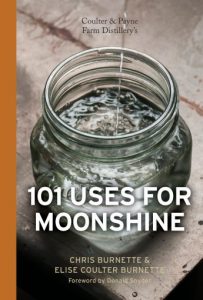
Here are a few highlights from 101 Uses Moonshine to help wet your whistle.
10 (of 101) Uses for Moonshine
#1 – Conflict Resolver
Alcohol has been used for centuries to ease tension and resolve conflict; just a couple glasses and most conflict is gone. But be careful, too much alcohol and a new conflict can emerge.
#12 – Barter / Currency
Regardless of the state of the world, there are always those that will trade and barter to avoid spending cash. Believe it or not, booze is a great item to trade. Need to get by that crazy hermit guarding the road? Slip him a bottle of ‘shine. You’ll be glad you’ve got a few bottles if aliens or zombies attack, the economy collapses, civilization falls. You will be even better off if you can make your own and produce a steady supply. You’ll be able to keep ruffians at bay and get in good with your new overlord. Win-win.
#19 – Disinfecting Field Knife Before Surgery
It is true fire is a good way to disinfect a field knife, but you never know what the situation may be. If the wood is wet or it’s dark out and you do not want to be spotted, it may not be a good time to start a fire. In such cases, your ‘shine may be your best bet for a successful operation. Keep in mind to give some to your patient; they may need it to deal with the pain from the surgery themselves. Don’t let them drink a lot before you start. Alcohol thins the blood (see tip #45) and can cause them to bleed out more than necessary. Just give them enough to ease the pain and calm the nerves.
“Tell me what brand of whiskey that Grant drinks. I would like to send a barrel of it to my other generals.”
~ Abraham Lincoln, 16th President of the United States
#20 – Truth Serum
People like to talk, especially when they have been drinking. If you play your cards right, you can find out just about anything you want after a few drink of ‘shine. Don’t push the questions, though; wait until they start offering up secrets of embarrassing information. Then you know you have them. Keep them drinking and they will forget what they told you. Get them to drink enough and they will forget they even talked to you. My grandmother swore by this and many people in the family still use ‘shine as a way to find out what really happened in almost any situation. At least they would get the version the person in question believed happened.
#38 – Anitfreeze
If you have ever tried to keep water buckets or rain barrels from freezing during Winter try a cup or two of moonshine. Alcohol lowers the freezing point of water and it is safer for pets and critters, and usually cheaper than commercial antifreeze. Commercial antifreeze is a poison and you definitely do not want to leave it out and open to animals. And by only using a cup or two of shine, you’re not going to get the local critters drunk.
#45 – Blood Thinner
Alcohol is a blood thinner. I am not quite sure how this knowledge is useful to the everyday person as a use, but it is useful to know that if you have been drinking, your blood will clot slower. This means that it will not clot as easily and you could bleed more than you need to. Get medical attention if you are really drunk (or not) and bleeding profusely! Seriously!
#54 – Tinctures
Tinctures are extracts made using alcohol to pull out the oils and flavors from herbs, vegetables, and other plants. These extracts are used in holistic medicine, mountain medicine, and even modern day supplements to western medicine. The basic method uses a 40% alcohol product (‘shine works well) or higher in a jar and your herb. Shake every few days and within a few weeks, your tincture should be done. I think it works best at 100 proof, so if your moonshine is higher cut it down with some water. My grandmother usually called these “elixirs” and they were commonplace on mantels and in medicine cabinets in East Tennessee.
#57 – Tonic for Menstrual Cramps
There are a ton of these recipes on the internet and they focus mainly on diuretics. Gin and tonics are mentioned quite often. Instead of focusing on these, I thought I would pass along the one from my grandmother that seems the most interesting. It was meant to be kept in a cabinet so it was ready whenever needed. Make an infusion of Juniper berries, horsetail, peppermint or spearmint, and moonshine in a jar. Let it sit. Add a shot of this to your hot tea as needed. Keep in mind that juniper, horsetail, mint, and tea are all diuretics. Sometimes rock candy was added, as well.
#66 – Dysentery
This is one of the weirdest remedies we have in the family. To be fair, I have seen it elsewhere, but that doesn’t make it any less strange. My grandmother would take a “snort” out of her jut, put it into a cup, and set it on fire. When it goes out, drink it all up.
#75 – Keeping Evil Spirits at Bay
Everyone needs to have a way to keep evil away. Why not some ‘shine? My grandmother would keep a jar of moonshine on the mantel. As it dried out she would refill it, never letting it completely dry up. She said thais kept angels in our home (and kept them happy), which kept evil spirits out. The jar was also used to give visitors a “snort” and for coughs and cold prevention.
#93 – Coffee Liqueur
This is the best coffee liqueur we have ever tasted. It was created by Amanda Snyder for Chris’s birthday! Perfect for mixing in cocktails or drinking on the rocks.
Directions
- Add to a glass bottle 3 cups moonshine, 1 cracked vanilla bean, ½ cup ground coffee.
- Make simple syrup: Bring 4 cups of water and 4 cups of sugar to a boil, then let it cool.
- Add the simple syrup to the moonshine bottle and shake.
- Store in a cool, dark place for 3 weeks, shaking every other day.
- After 3 weeks strain and put in a clean bottle. Enjoy!
These are just a few of the 101 tips for using moonshine to make your life better.
“Patience. Sustainability. Tradition. Family. Responsibility. Oh and corn.” These are the ingredients that Chris told me when I first asked him what went into his whiskey. Little did I know how true it was.
~ Foreward by Donald Snyder, Founder and Principal, Whiskey Systems Online
You can pick up your own complete copy of 101 Uses for Moonshine here.
Please help to support Distillery Trail. Like us on Facebook and Follow us on Twitter.

